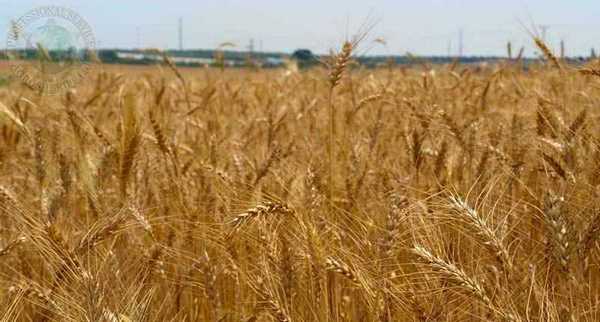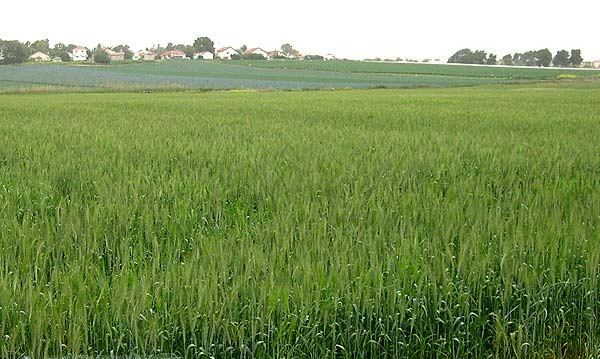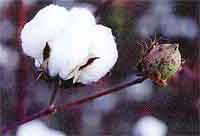
Field Crop Farming
About 40 percent of Israel's arable land is located in the Negev. The Negev is a desert, with an annual rainfall of 50-150 mm, and these meager rains fall exclusively during the winter months. The constant water scarcity has forced farmers to concentrate their efforts on finding and growing new varieties, crops and varieties that give the same or more yield, with less water consumption for irrigation, and allow the use of brackish groundwater or treated wastewater.
The fact that Israeli field growers today receive high yields and products of the highest quality is the result of the combined efforts of management personnel, agronomists and other professionals, equipment manufacturers, service providers, and farmers themselves.
Around 230,000 hectares are dedicated to field crops. They grow winter wheat, fodder crops, sunflowers for oil. About 90,000 hectares are set aside for summer crops, for crops such as cotton, sunflowers, chickpeas, green peas, beans, grain, peanuts, and melons. The bulk of the harvest of cotton, sunflower, peanut, and sweet corn is exported.
WHEAT
Over 81,000. ha. wheat is grown for grain and about 18,000 hectares. for silage, which provides the main component of roughage for dairy herds. The average yield ranges from 30 to 50 centners per hectare, depending on the amount of annual precipitation. Most of the grain is used domestically for bread production. For these purposes, varieties are grown that give high-quality grain in terms of baking qualities.

A small detail: in Israel, the harvest below 25 centners per hectare is considered unprofitable to harvest for grain, and such wheat is simply plowed like a Seder. Fortunately, this happens infrequently, only in extremely unfavorable years.
COTTON
Israeli cotton meets the highest international quality standards.
 Thanks to the applied package of technologies, including irrigation, fertilization combined with irrigation, sowing of disease-resistant varieties, an integrated system for protecting plants from diseases and pests, we get the highest yields in the world, per unit area. Almost completely the entire 28,500 ha. cotton crops are equipped with a drip irrigation system. The systems are fully automated and have very low labor costs for growing cotton. Each worker produces cotton annually worth the equivalent of $ 100,000. Cottonseeds are a by-product of fiber production and are used for livestock feed and in the production of oil and other products.
Thanks to the applied package of technologies, including irrigation, fertilization combined with irrigation, sowing of disease-resistant varieties, an integrated system for protecting plants from diseases and pests, we get the highest yields in the world, per unit area. Almost completely the entire 28,500 ha. cotton crops are equipped with a drip irrigation system. The systems are fully automated and have very low labor costs for growing cotton. Each worker produces cotton annually worth the equivalent of $ 100,000. Cottonseeds are a by-product of fiber production and are used for livestock feed and in the production of oil and other products.
The average yield is 5.5 tonnes of raw cotton per hectare for the Acala variety, (1.8 tonnes of pure fiber), and 5 tonnes per hectare of raw cotton for the long-staple Pima, (1.6 tonnes of pure fiber). At a very high level, work is underway to select new highly productive varieties of cotton. High-yielding, disease-resistant, long-fiber varieties have been developed, and there are even varieties with colored fibers.
The vast experience and know-how underlying these successes is the fruit of the combined efforts of many people. Much of this experience can be useful in the vast expanses of Russian fields.